Benefits of SEAMOR Marine ROVs
We will list the general benefits of SEAMOR Marine ROVs and why you should get one. This is for those few out there who do not already know we are THE ROV manufacturer ;). The…
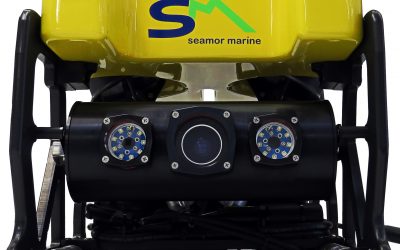
We will list the general benefits of SEAMOR Marine ROVs and why you should get one. This is for those few out there who do not already know we are THE ROV manufacturer ;). The…
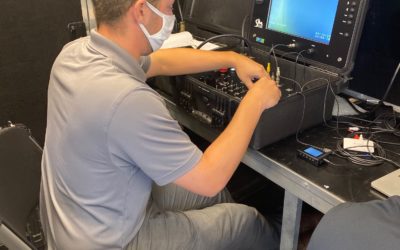
Underwater ROV surveys often utilize various technologies such as sonar systems, cameras, sensors, and specialized equipment to collect data and information from beneath the water’s surface. The specific type of survey conducted depends on the…
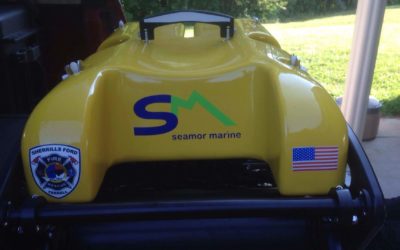
Quality differences of ROV marine-grade polymers do exist. The choice of polymer depends on the specific requirements of the ROV and its intended applications. An external housing does not need to be made of the…
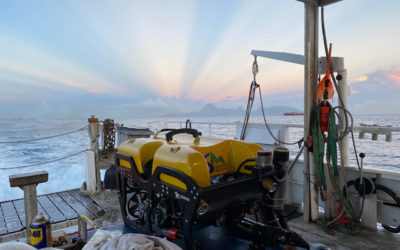
What is a good ROV power source and what is a bad ROV power source? A good power source is one that can power your ROV, its accessories and tools, and the redundancy system when…
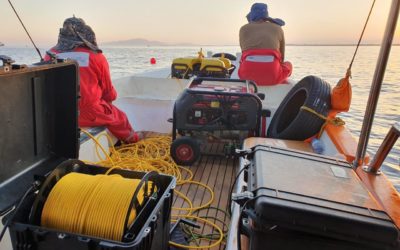
There are several ROV power sources. Each with its own advantages and limitations. When selecting a power source for your ROV, consider factors such as the operational environment, mission requirements, depth, duration, weight constraints, safety,…
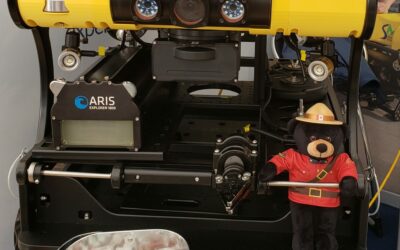
There are different types of sonars and their use depends on the specific ROV missions you go on. In this post we will focus on multifrequency and programmable sonars. In the ROV industry, sonar plays…
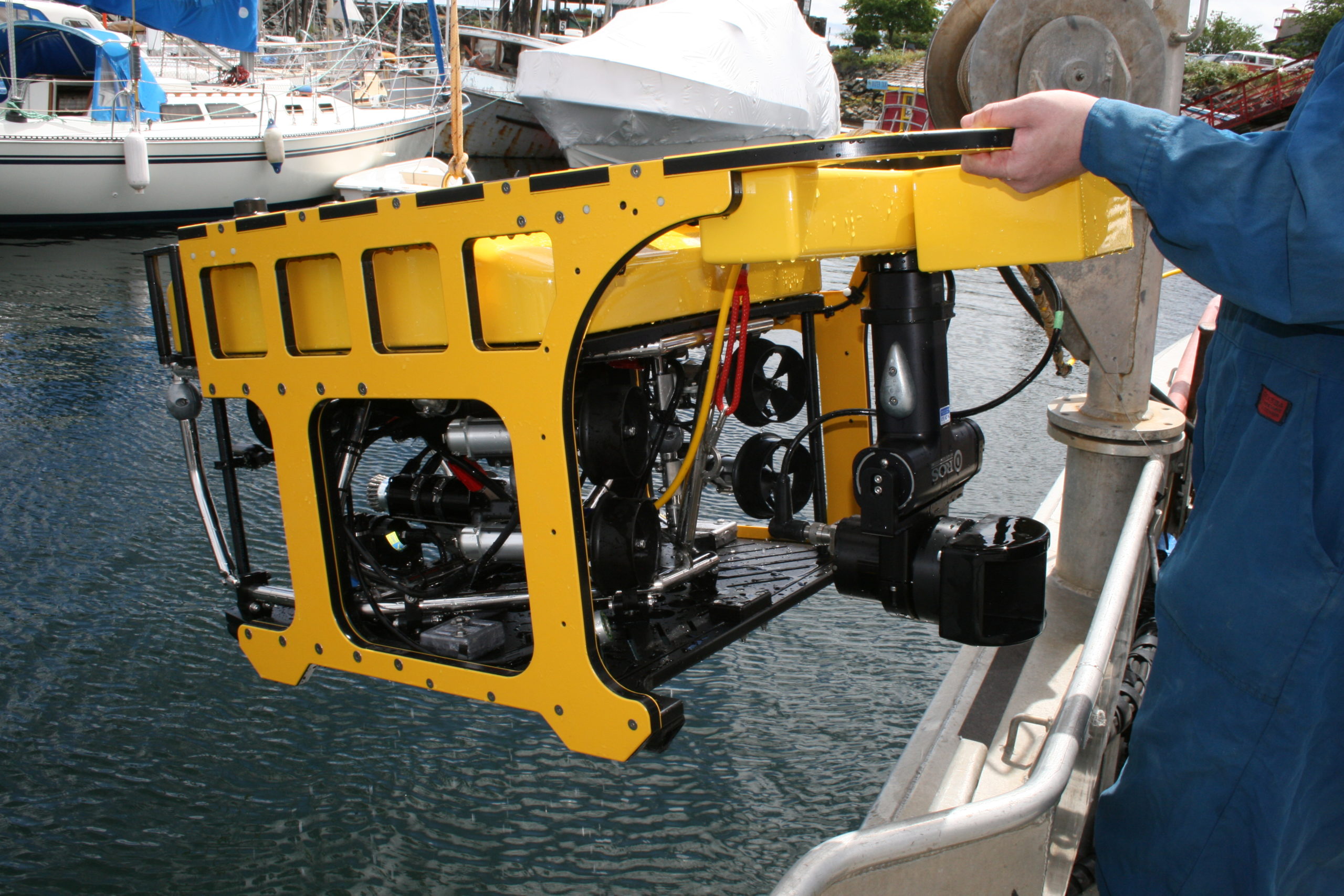
ROV Redundancy systems stand as a cornerstone in ensuring the reliability, safety, and success of ROV missions. As engineers and operators continue to push the boundaries of underwater exploration, the ongoing development of robust redundancy…
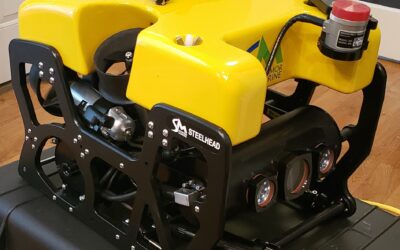
There are several common ROV payload mistakes that can be easily avoided with careful planning, design, and execution. ROV payloads are calculated based on factors like buoyancy, thrusters, power supply, and structural integrity. Usually this…
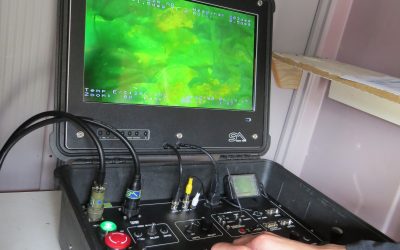
The question of how ROV sensors are affected by depth is not one that has a simple answer. As with everything, it depends on the depth, the sensor and the overall quality of your ROV….
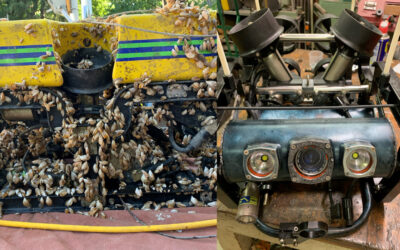
When people think of ROV discoveries, they think about the big behemoths of ROVs roaming the deepest trenches of the ocean. However, you don’t have to go kilometers deep to encounter your fair share of…
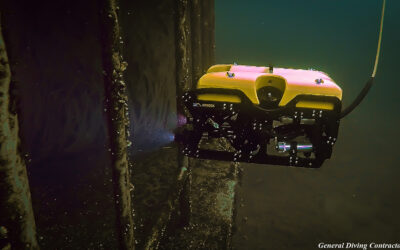
Specific features and capabilities of the top inspection class ROVs can vary from one manufacturer to another. These common characteristics help ensure that the vehicles are well-suited for their primary role: inspecting and assessing underwater…
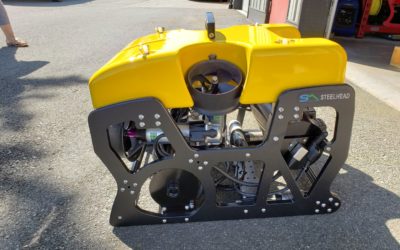
One critical aspect of ROV design is the choice between hydraulic and electric thrusters, each with its own set of advantages and disadvantages. In this blog, we’ll explore the differences between these two propulsion systems…